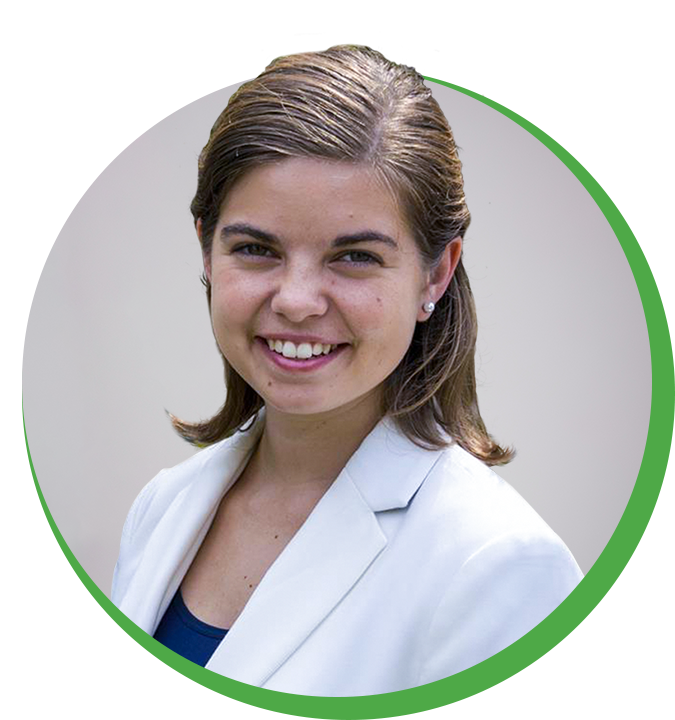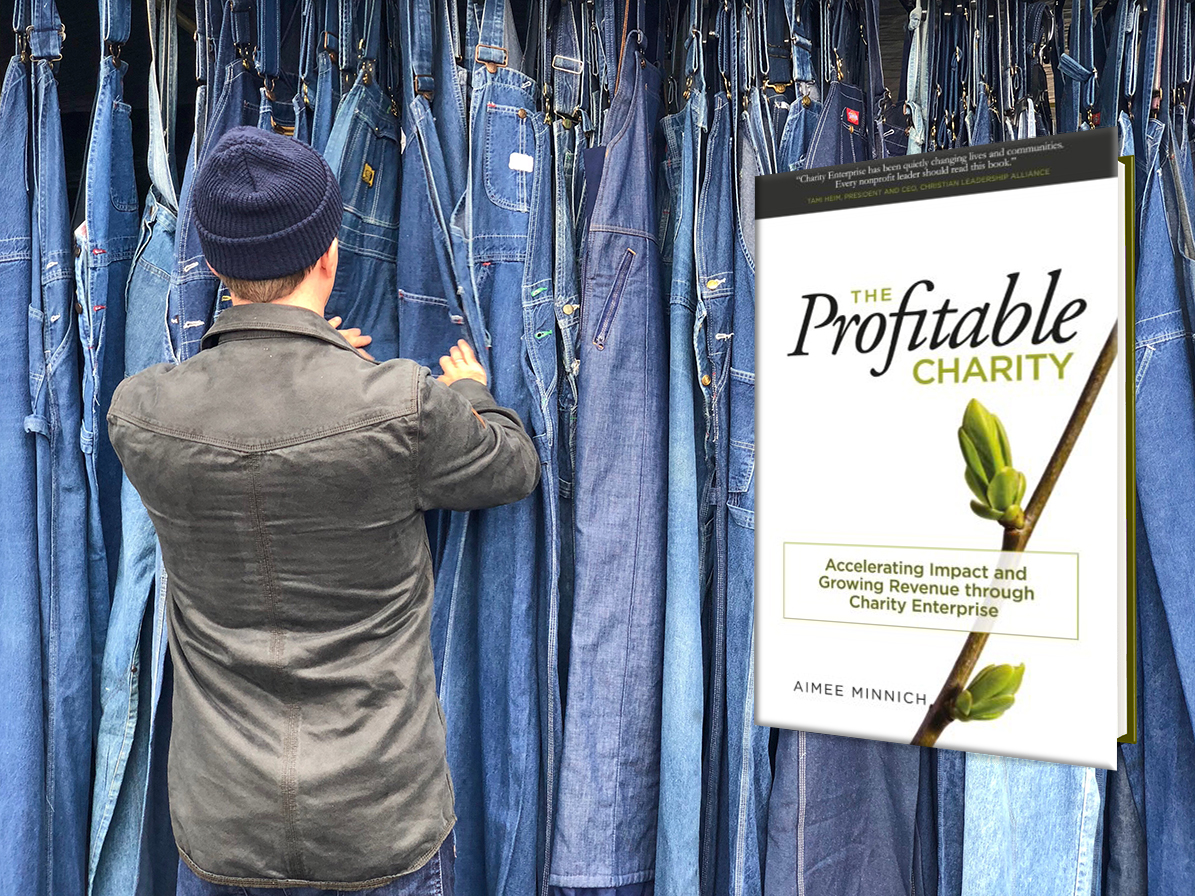What Is Community Development, and How Do I Start?
Avery West
Director of Community Initiatives
Read more from Avery
The phrase “community development” can bring up images of everything from trash pickups to bike lanes to block parties. What really is community development, and how can your church or organization incorporate it into your work?
Community development can be so nebulous because it is, very simply, members of the community coming together to make their community better. So, what do beautification projects and festivals and mixed-income housing have to do with poverty? While other techniques tackle the problems of poverty—addiction, hunger, homelessness—after they arise, community development attempts to prevent poverty by creating a place where people can flourish. Employment, healthy lifestyles, strong families, and good schools are radically interdependent. Therefore, an effective approach to poverty prevention must keep a holistic mindset.
Community development creates the conditions for a flourishing life so that families don’t fall into material poverty or social isolation. Often, this process begins at the neighborhood level.
Community Renewal International (CRI), for instance, works with neighborhoods in Shreveport, Louisiana, to establish “friendship houses.” This regular house in a high-crime area transforms into a neighborhood community center with after school programs, GED classes, and family nights. The community coordinator and his or her family, who live in the house, build relationships with their neighbors, welcoming them to take part in improving their own lives and their neighborhood. CRI has seen a 44% drop in crime in their friendship house areas.
Lucas Rouggley had a similar idea when he moved into an at-risk neighborhood in St. Louis, MO. He and his wife got to know their new community, mentored the neighborhood kids, and hired them over the summer to transform vacant lots into community gardens. Now, the organization Rouggley founded, Love the LOU, tackles bigger problems. They connect students with mentorship, coordinate apprenticeship programs for high school graduates, and renovate vacant houses for community members to rent and eventually own.
While these organizations have different models, they both began on the neighborhood level. They focused on building relationships first. After this trust was built, neighbors felt more comfortable sharing their fears and needs, but also their strengths and gifts that could combat community problems.
In their book When Helping Hurts, Steve Corbett and Brian Fikkert emphasize the importance of this shift in focus from needs to assets. Asset-based Community Development (ABCD) begins not with asking what is going wrong, but what is going right. “Indeed, the very nature of the question—What gifts do you have?—affirms people’s dignity and contributes to the process of overcoming their poverty of being,” they write. A focus on assets is essential to building an internally strong community, not just one that has resources streaming in from outside.
Whether your organization’s focus is community development or not, there are some ways you can incorporate this ethos into your work:
Consider your location
The purest form of community development happens when an organization is dedicated to a specific geographic place. Staff move to the neighborhood, the office operates from that area, and the group intentionally raises up individuals from the neighborhood who take leadership positions at the organization. Having a sense of ownership, as well as seeing the individuals served not as “clients” but “neighbors,” creates a healthy dynamic that makes transformation sustainable in the long term. If your program is committed to improving life in a particular place, check out this article for some ideas of where to begin.
Focus on assets by using the SWOT analysis
In our attempt to help an individual, we run the risk of forming his identity based solely on needs and weaknesses. Whether we work with communities, families, or individuals, we should work to see people holistically—with a past, future, strengths, and weaknesses. The SWOT analysis provides a structure for asking questions with the whole person in mind. This tool, which can be an easy first step in care coordination, leads organically to goals based on the individual’s desires and gifts.
Start a “neighboring” movement
Inner city neighborhoods aren’t the only ones that experience poverty. Suburban poverty is on the rise, and every social sphere suffers from the spiritual poverty of isolation. The Art of Neighboring features several resources to encourage good “neighboring,” from inspirational videos to a block party kit to a small group study guide. While the resources are made for churches, any organization could champion a neighboring movement among their staff, clients, or broader community. Individuals, too, can help their communities flourish simply by creating a culture of friendship within their neighborhoods.
The most essential part of community development is not following a particular model or way of speaking. It is simply the recognition that communities have, within themselves, gifts, resources, and institutions that are vital for their flourishing. The job of the community developer, then, is simply to help individuals tap into those gifts and support them in authentic friendship for the long haul.




